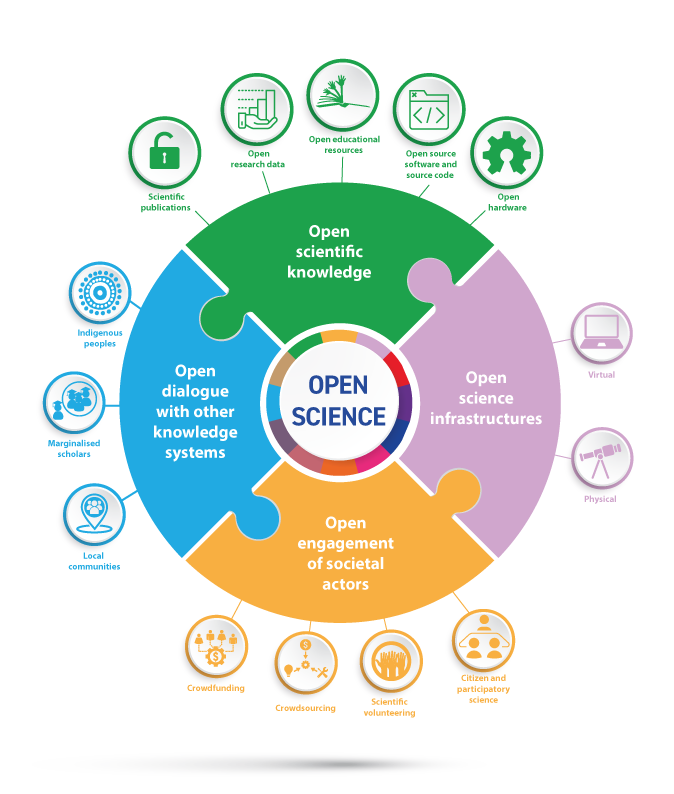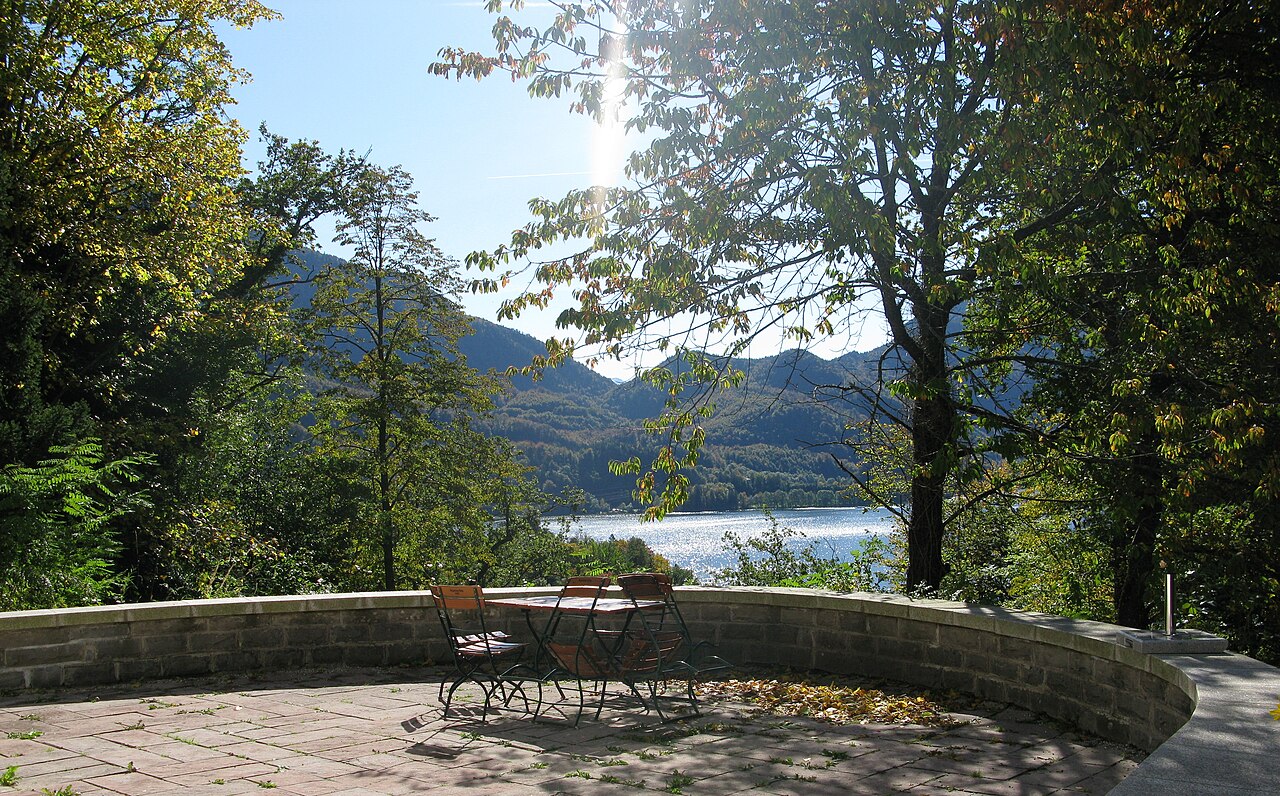Earlier this year, I have been to my first Open Science retreat ever. It was nice to meet all these open-minded new people. Especially after those years, mostly working from home. It was literary a relief to meet some people in person, too. Yet, it was more than just „nice“. And this is what I want to tell you about. But before I will write about the achievements of this particular retreat or any of my thoughts about the „Open Science“ movement, there is a „thing in my past“ I need to tell you first.
Unfortunately, to explain this, we need to dive a little into the pre-Bachelor & Master setup of German course of studies at universities: In the „old“ system, with few dedicated lecturers, all professors had a so-called „teaching obligation“. And those were measured in „hours per semester week“. Like in any (dysfunctional) system, some took this obligation seriously and tried to create a sufficient number of seminars, lectures, practicals, etc. Some lecturers were even passionate about teaching and delivered outstanding, high-quality lectures. And it goes without saying, that some were not so passionate about teaching. Particularly, the more research oriented or disillusioned professors excelled in delivering utmost boring lectures, if any.
Now, if there is a problem, there is a remedy. For those professors who sought to ease their „teaching obligation“ burden, there have been two major „solutions“:
- Put a lecture (or seminar, …) in the university calendar and assign the actual task of lecturing to a tenured staff scientist or Postdoc or even an unlucky grad student.
- Quite nice, too: as PI, you (kind of) have to have a group seminar in any case. One of your tasks is to do some „supervising“ after all. Schedule it in the university calendar for 2 h per week and call it „introduction to good scientific practise (GSP)“. This way, you scrape exactly this amount of time from your teaching „burden“ for no additional effort!
Oh, wait! Isn’t GSP not an important foundation of „Open Science“? Regardless of what we see in Open Science (or Open Research) our gut feeling tells us that there is a connection and that shall suffice for this article. After all, „Bad Science Practice“ certainly keeps people from making their code or data „open“. (You may look up the definition in „The Turing Way“, the Open Science „bible“. It merits a whole article (series) in itself, but for this article I let the subject rest).

Now, if there was talk of GSP some 30 years ago, apparently there was the realization of the importance of talking about GSP in the curricula, already. Indeed, the history of GSP and „Good Laboratory Practice“ (GLP) goes back a bit further. And if this is the case, we may ask ourselves: Why is there this growing movement now? If faculties tackled the issues of scientific practice literally for decades, surely there is little need for a grass root movement? And we would not be talking about a reproducibility crisis, right?
No, no, my questions should not ridicule anything or anyone. As a researcher, you know (and if you aren’t a researcher you might suspect), there have been more serious efforts compared to some lukewarm GSP-titled group meetings after all: Most clinical scientists are required to see their statistician before starting a study. Some universities established data management courses and/or offer degrees for future data stewards already. „Scientific writing“ and „how to keep your (electronic) lab book records, properly“ are courses you will find almost everywhere in academia. We may safely conclude: The quest for GSP did yield some institutionalised fruits, already! A well-known example of a movement which became an „institution“ is the Software Carpentry community. To me, it is an example of a grass-root movement, very much akin to Open Science, which gained so much momentum that nowadays the need to improve the computational literacy in the sciences goes without saying. Times did change!
And still, contemporary science has many flaws: short-term contracts and the inevitable loss of knowledge in working groups; power abuse and the mental health crisis in science with its many, many sad consequences; prophecies which you read in grant proposals tell reviewers that any particular application probably is from a project half-done and intended to fund the next grad student rather than to follow a new ingenious path in research; lousy quality in published scientific programming code – just to name a few examples of the multitude of issues in research.
And the Open Science movement? Although pocketed by some institutions (apparently the label „Open Science“ looks good!) it is foremost a grass root movement. Driven by the wish to improve science, a number of best practice and commentary articles have been published. To illustrate this point, we may look at some published material from the aforementioned retreat: a chapter contribution to the „Turing Way“, a blog post about sustainable software development and Open Science (disclaimer: I contributed a tiny bit) and – most impressively – „general course outline for an overview of Open Science“ (a.k.a. the „Open Science Syllabus“) have been written on our little retreat – and this is not even a comprehensive list! And I deliberately ignored the multitude of Open Science literature because this is a blog post, not a scholarly article.
Yet, nothing, nothing, will ever be translated 1:1 into the reality of academic life. My silent hope is that, when more and more (young) people contemplate about the importance of Open Science and its aspects (reproducibility, transparency, publicity, fairness, sustainability and more) more prospective PIs will carry a better mindset into committee meetings, plant appropriate courses into curricula and so on.
The movement’s main achievement will thus be long term. This is so, particularly because institutions are slow learners. Hence, it was past time for the current Open Science movement to gain momentum. There are a few low-hanging fruits if we think about the betterment of academic life and research. But we all know that low-hanging fruits are a scarce source. It will thus be exhausting for those who take on active roles in the Open Science Movement. What a mad pursuit! What a noble pursuit! I very much hope that more and more young researchers want to become a part of it.
PS after meeting in this alpine paradise from which you see the cover image of this article, the next OpenScience Retreat will be in the Netherlands, a little north of Amsterdam. I hope to be admitted, for I live and work in an OpenScience and Science Communication diaspora. Perhaps we will see each other?

Schreibe einen Kommentar